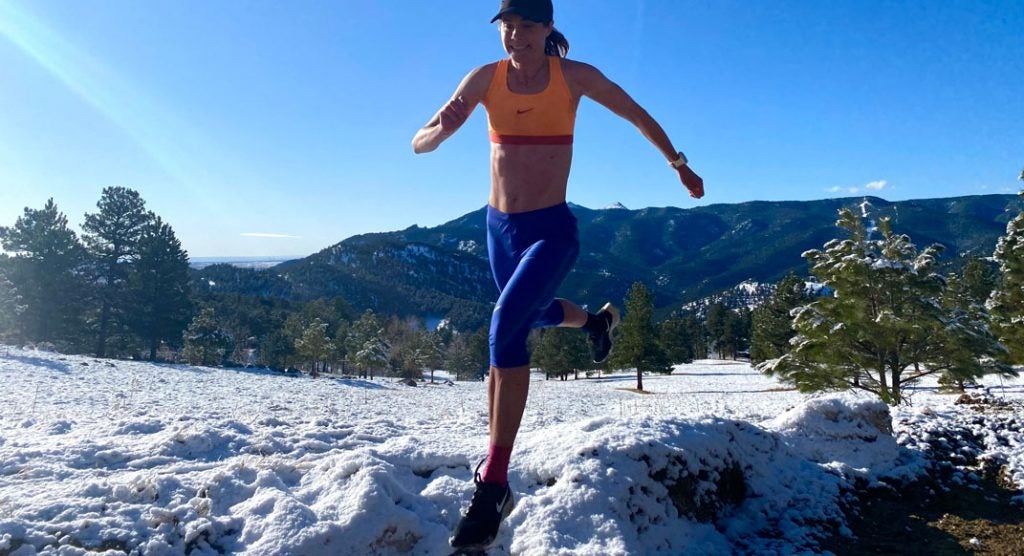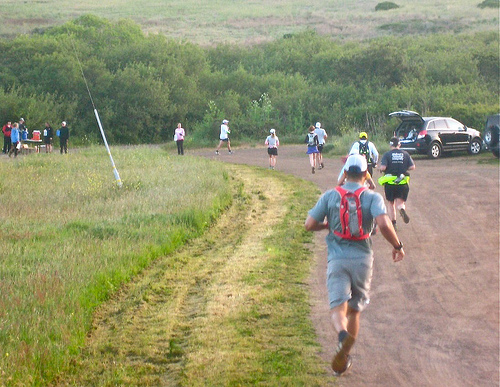Hello,
Something that can be interesting in case of flat ground is a "complex" box step > reverse lunge > squat. Performed with a pacer or nasal breathing, it can be great. We can make it slightly harder by carrying a backpack.
Bobby Maximus, even if he is not a runner, has something interesting, which consists in a pyramid of 2 lunges (per side), then 30s wall sit, then 4 lunges (per side), then 30s wall sit, all the way up to 50.
As far as mileage goes, TFTUA is really athlete / competition oriented. In this regard, it offers a tried and tested way to be successful.
If schedule is an issue, which I understand, another option could be a daily 30-40 minutes trail run, with nasal breathing / talk test (if like me, you do not have HR monitor), without necessarily doing the long run. If one thinks about it, 5k a day, 6 days a week. It makes 30k per week, which is a solid "base" to do a 50k race. On the 7th day, if this is possible, going for a longer run (for instance a 10-15k) could be great.
It seems that low HR and low mileage are important. In this article, T. Ferriss interviews someone who ran only 30 miles a week to prepare a 100 miler. Then he ran only 1/3 of race length, which is low compared to TFTUA
Pavel Tsatsouline is a former Soviet Special Forces physical training instructor, currently a subject matter expert to the US Navy SEALs and the US Secret Service. In 2001, Pavel’s and John Du Cane introduced the Russian kettlebell to the West. Dan John is a former nationally-ranked discus...

www.google.fr
If the goal is just to finish without 'too much' pain, then...
Kind regards,
Pet'


